 The delicate colors of spring will soon give way to the fullness of the dark green of summer. Today we visited the annual photo show at Hunt’s Camera in Melrose. The representatives from all the major camera and lens manufacturers were there.
The delicate colors of spring will soon give way to the fullness of the dark green of summer. Today we visited the annual photo show at Hunt’s Camera in Melrose. The representatives from all the major camera and lens manufacturers were there.
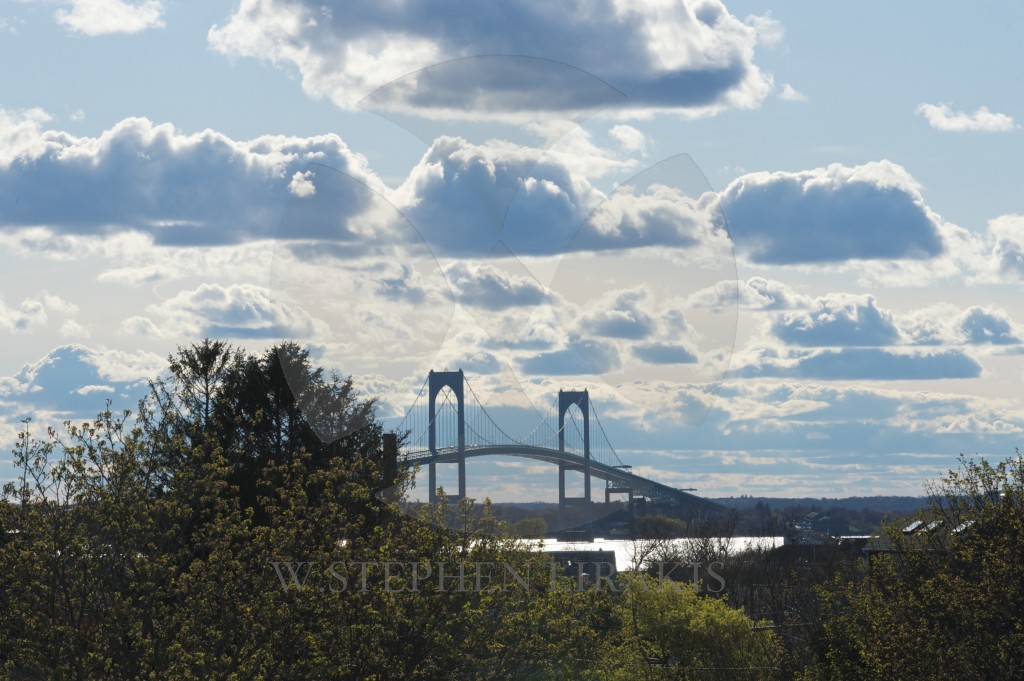
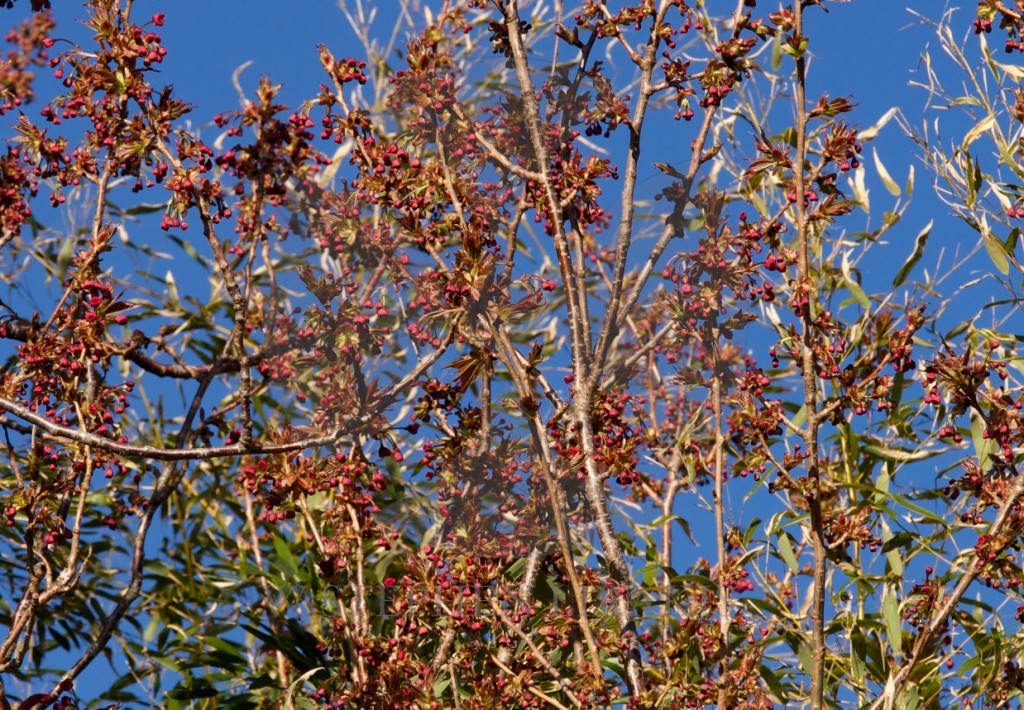
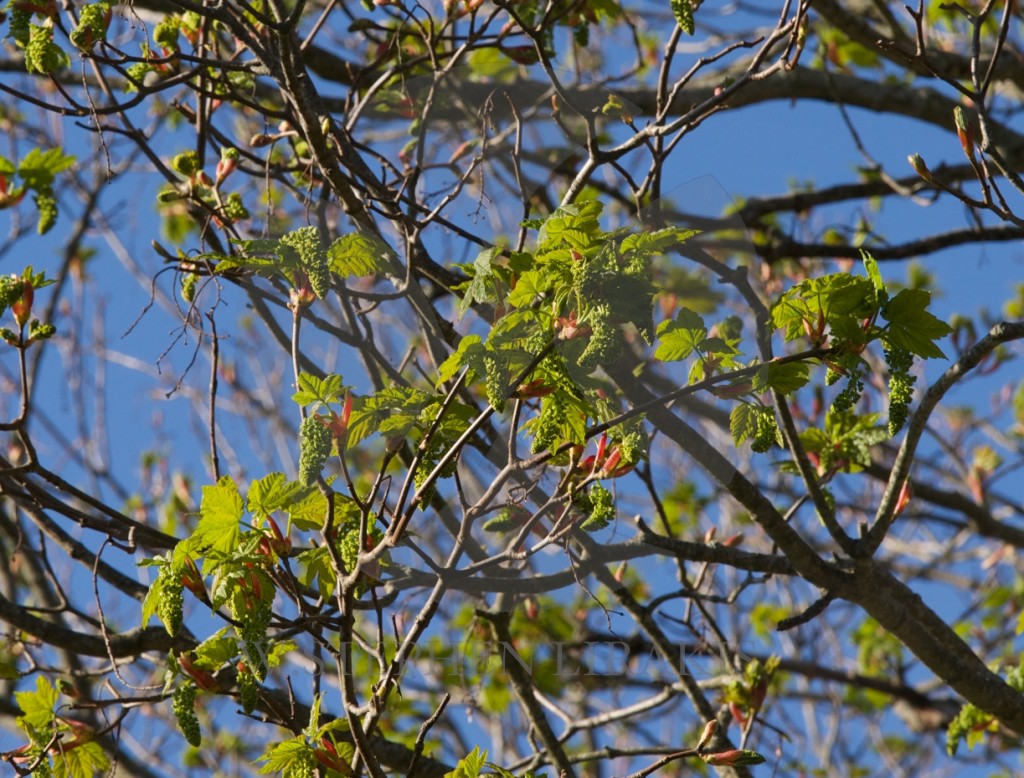
Today was the day that the trees opened their buds. soon the leaves will lose that delicate yellow/green color and will be fully green as in summer. This is the day I wait for each year. Most of my adult life I would be traveling and return after it had passed.
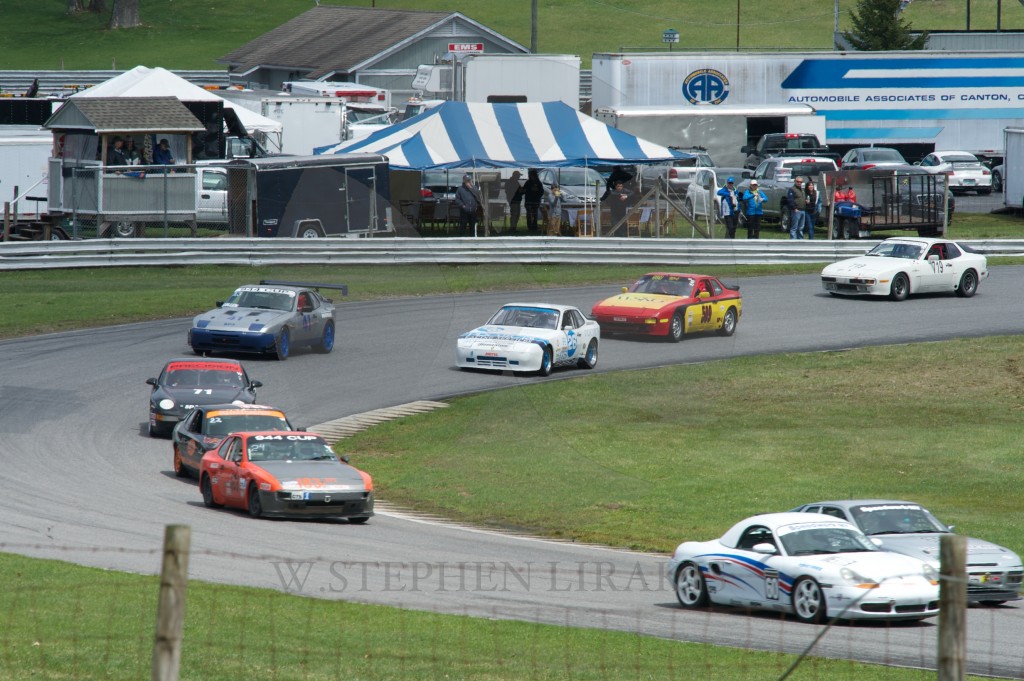
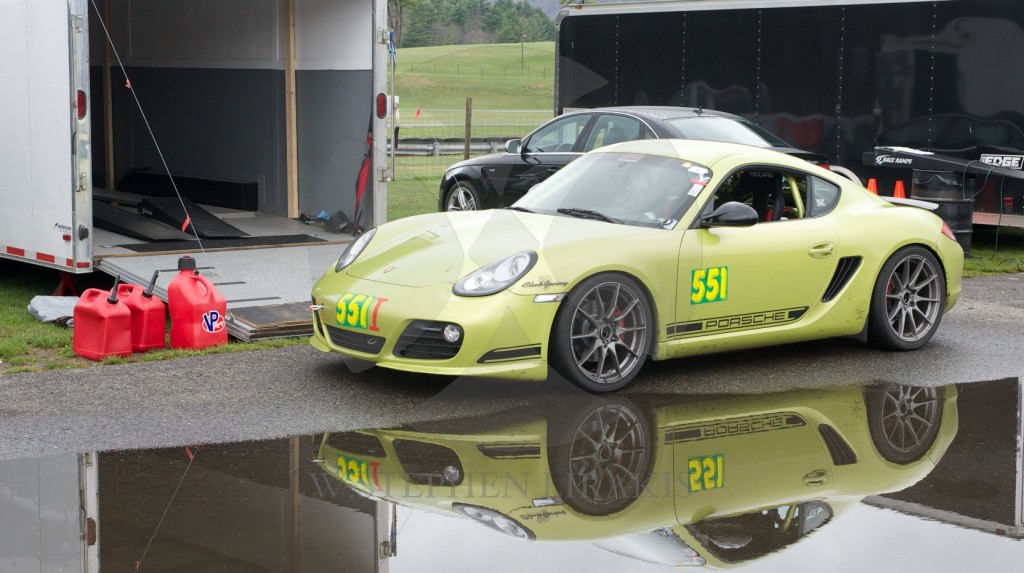
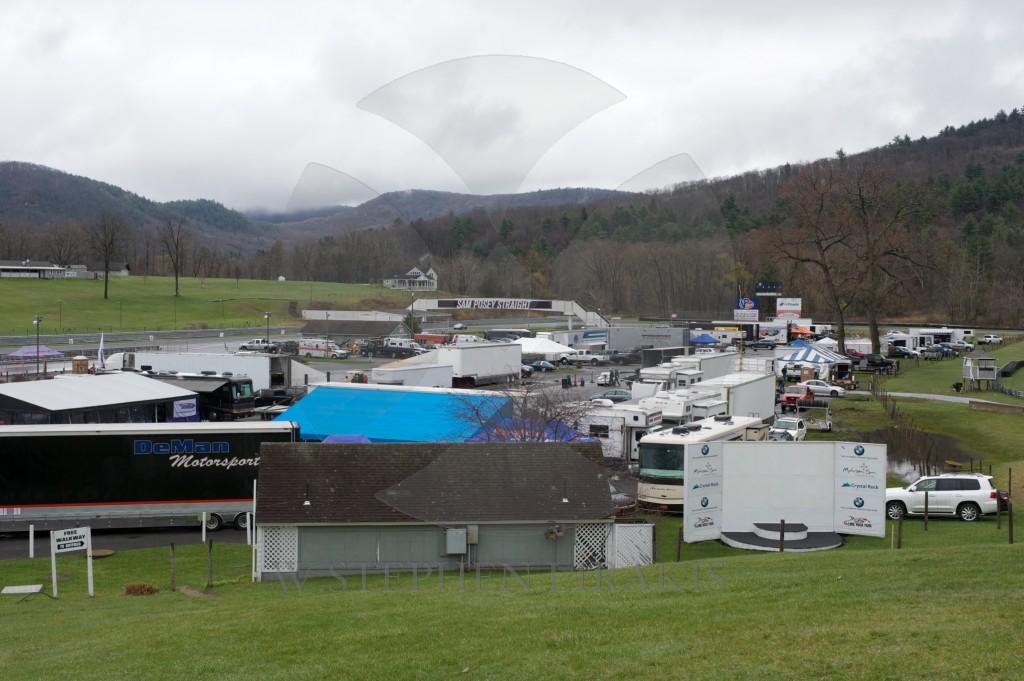

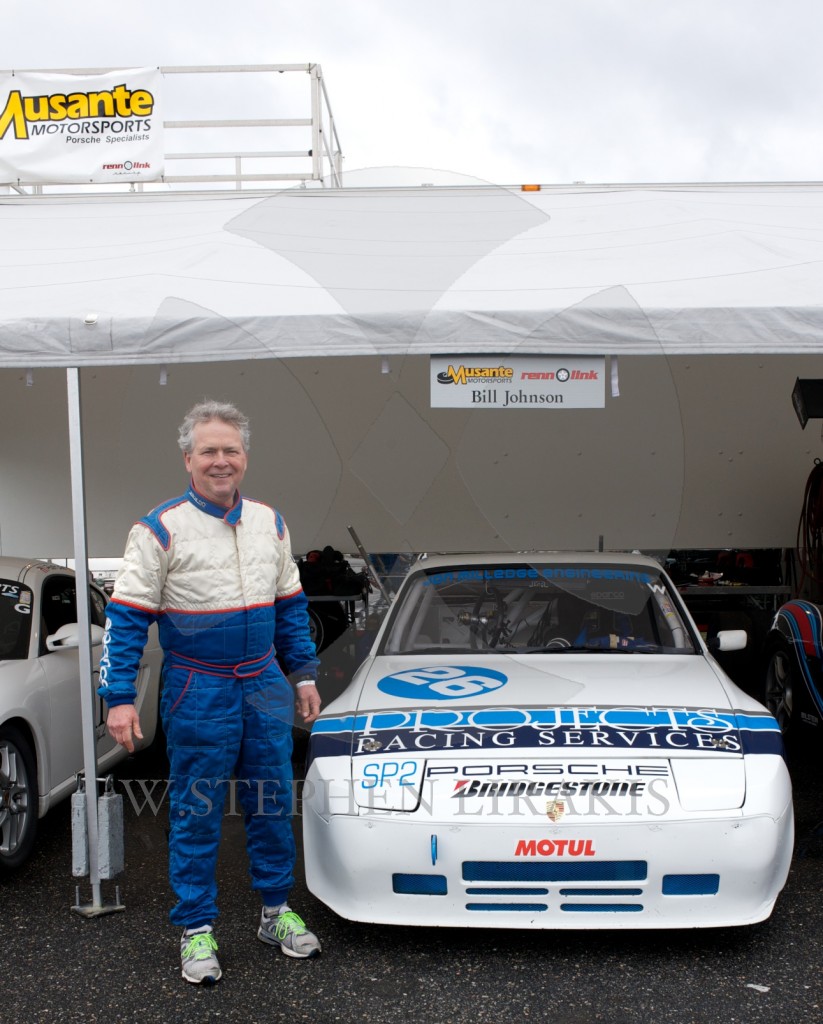
On Saturday I drove with a friend Paul Mello to watch Bill Johnson race his Porsche at Lime Rock Park. I know nothing about cars; never mind racing them. I was also my first experience photographing them. Getting to Lime Rock from Newport is an interesting drive. There is no way to get there directly, but it is a scenic drive.
Again thanks to Sailing Anarchy for posting this. Water/ice will become increasingly important in the future. Already the drought in California and southwestern states is impacting agriculture in a very profound way.
(CNN) — There’s no way for us to know exactly what happened some 13.8 billion years ago, when our universe burst onto the scene. But scientists announced Monday a breakthrough in understanding how our world as we know it came to be.
If the discovery holds up to scrutiny, it’s evidence of how the universe rapidly expanded less than a trillionth of a second after the Big Bang.
“It teaches us something crucial about how our universe began,” said Sean Carroll, a physicist at California Institute of Technology, who was not involved in the study. “It’s an amazing achievement that we humans, doing science systematically for just a few hundred years, can extend our understanding that far.”
What’s more, researchers discovered direct evidence for the first time of what Albert Einstein predicted in his general theory of relativity: Gravitational waves.
These are essentially ripples in space-time, which have been thought of as the “first tremors of the Big Bang,” according to the Harvard-Smithsonian Center for Astrophysics.
A telescope at the South Pole called BICEP2 — Background Imaging of Cosmic Extragalactic Polarization 2 — was critical to the discovery. The telescope allowed scientists to analyze the polarization of light left over from the early universe, leading to Monday’s landmark announcement.
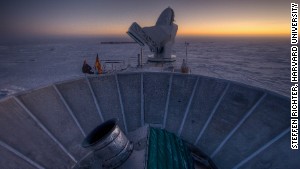
How inflation works
Scientists use the word “inflation” to describe how the universe rapidly expanded after the Big Bang in a ripping-apart of space. The BICEP2 results are the “smoking gun for inflation,” Marc Kamionkowski, professor of physics and astronomy, said at a news conference. Kamionkowski also was not involved in the project.
“Inflation is the theory about the ‘bang’ of Big Bang,” said Chao-Lin Kuo, an assistant professor of physics at Stanford and SLAC National Accelerator Laboratory, and a co-leader of the BICEP2 collaboration, in a Stanford video. “It explains why we have all this stuff in the universe.”
Imagine that you are making a raisin bun, said Stanford physicist Kent Irwin, who worked on sensors and readout systems used in the experiment. As the dough bakes and expands, the distance from any given raisin to another increases.
“Certainly everything in the universe that we see now, at one time before inflation, was smaller than an electron,” Irwin said. “And then it expanded during inflation at faster than the speed of light.”
You may have learned in physics class that light sets the universe’s speed limit, but space-time is an exception; it can stretch faster than the speed of light, Irwin said.
Stanford University professor Andrei Linde, who helped develop the current inflation theory, said the new results are something he had hoped to see for 30 years.
“If this is true, this is a moment of understanding of nature of such a magnitude that it just overwhelms and let’s just hope that it’s not a trick,” Linde said in a university video interview.
Another cool tidbit: Inflation can be used in theories that suggest the existence of multiple universes, Irwin said, although these results do not directly address such theories.
What are gravitational waves?
Scientists believe that in the fabric of space-time, there are tiny ripples called quantum fluctuations. If you could look at space-time on the smallest scale possible, you would, in theory, see them, even today. Unfortunately, no microscope is capable of seeing something that small.
Such fluctuations also existed at the beginning of the universe. Inflation blew them up much larger, launching gravitational waves that we now see imprinted on the cosmic microwave background. “These gravitational waves are an aftershock of the Big Bang,” he said. The BICEP2 study is the first to image them directly.
“We have for the first time a detection for the mythical gravity wave signal that people have been searching for so hard, for so long,” said Clem Pryke, associate professor at the University of Minnesota, at a press conference Monday.
Other experiments such as LIGO — Caltech’s Laser Interferometer Gravitational Wave Observatory — are also looking for proof of gravitational waves, but in the context of energetic cosmic phenomena such as coalescing black holes.
The gravitational waves suggested by the BICEP2 results would have expanded across the entire universe at that time, Irwin said. The length of one of these waves — the distance between peaks and troughs — would have been billions of light years across.
Light from the early universe, called cosmic microwave background radiation, reveals these telltale signs of our universe’s history. Last year, scientists from the European Space Agency’s Planck space telescope released a detailed map of temperature variations in this light, which came from from about 380,000 years after the Big Bang
Researchers were looking for a specific type of polarization called “B-modes,” which signify a curling pattern in the polarized orientations of light from the ancient universe, said Jamie Bock, co-leader of the BICEP2 collaboration and professor of physics at California Institute of Technology.
In theory, this swirling polarization pattern could only be created from gravitational waves. And that is what BICEP2 found.
“It’s a very clean signature of those gravity waves,” Irwin said.
Is it for real?
Because of how potentially important these results are, they must be viewed with skepticism, said David Spergel, professor of astrophysics at Princeton University. The measurement is a very difficult one to make and could easily be contaminated. There are, as it stands, some “oddities” in the results that could be concerning, he said.
“I am looking forward to seeing these results confirmed or refuted by other experiments in the next year or two,” Spergel said.
The Planck space telescope collaboration is expected to release results on polarization of the cosmic microwave background as well, Irwin said. Other experiments are working toward similar goals, which could support or go against BICEP2.
Regardless, Monday’s announcement is making big waves in the scientific community.

FIRST, Isabelle, my daughter is a guest chef at the Revolving Door Restaurant on Thames Street in Newport.
Daylight savings is here. The lengthening daylight hours are uplifting to everyone. Yesterday the weather was warm and almost no wind, perfect for a road trip celebrating the sunshine.
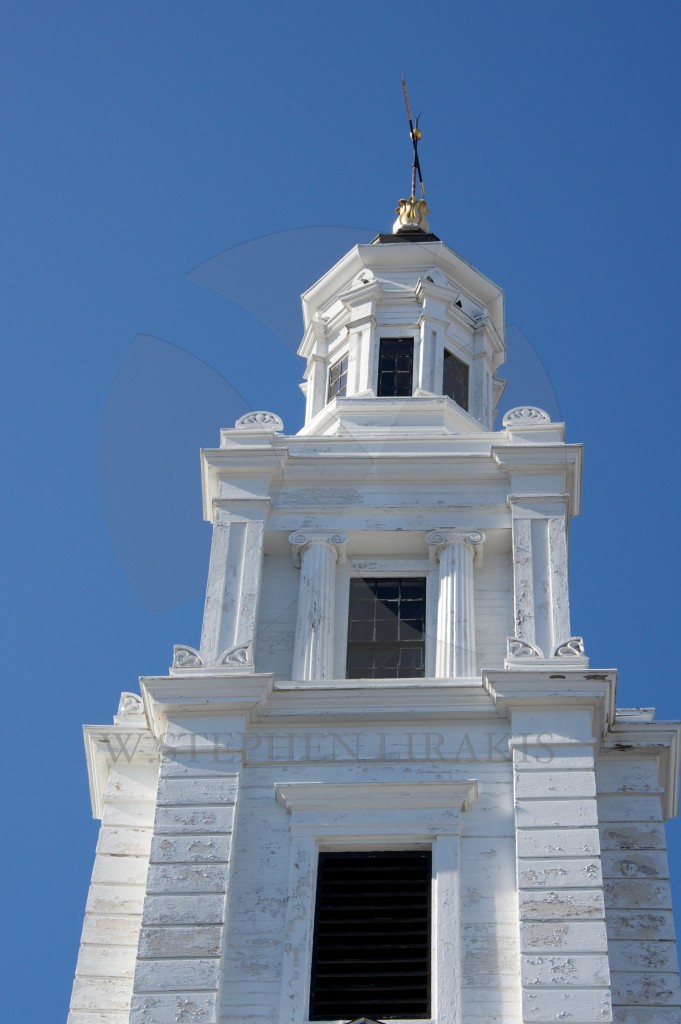

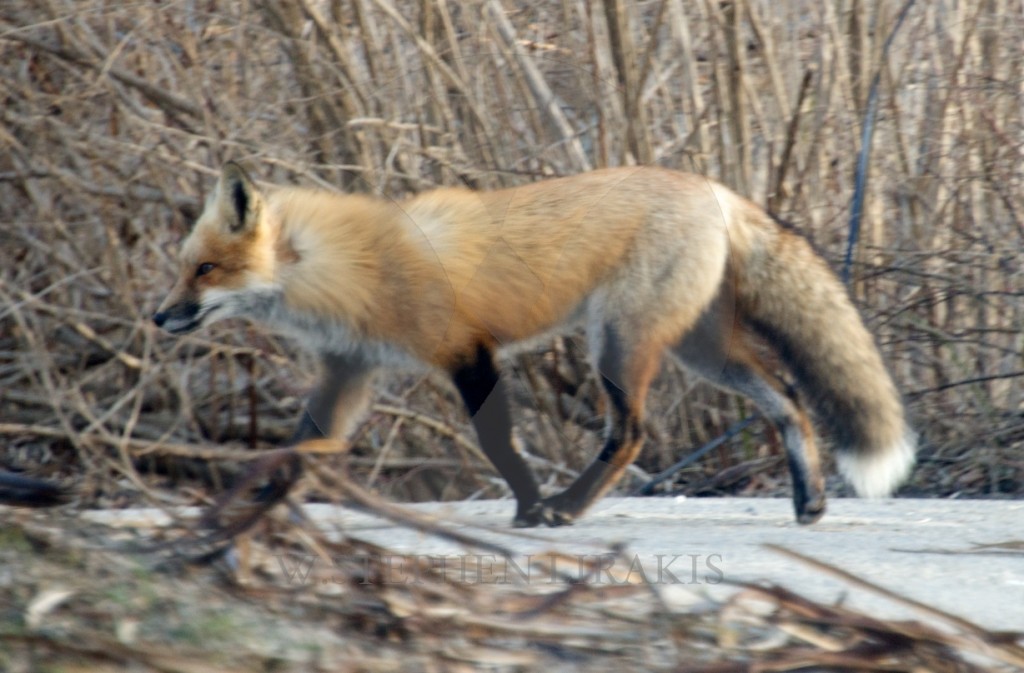
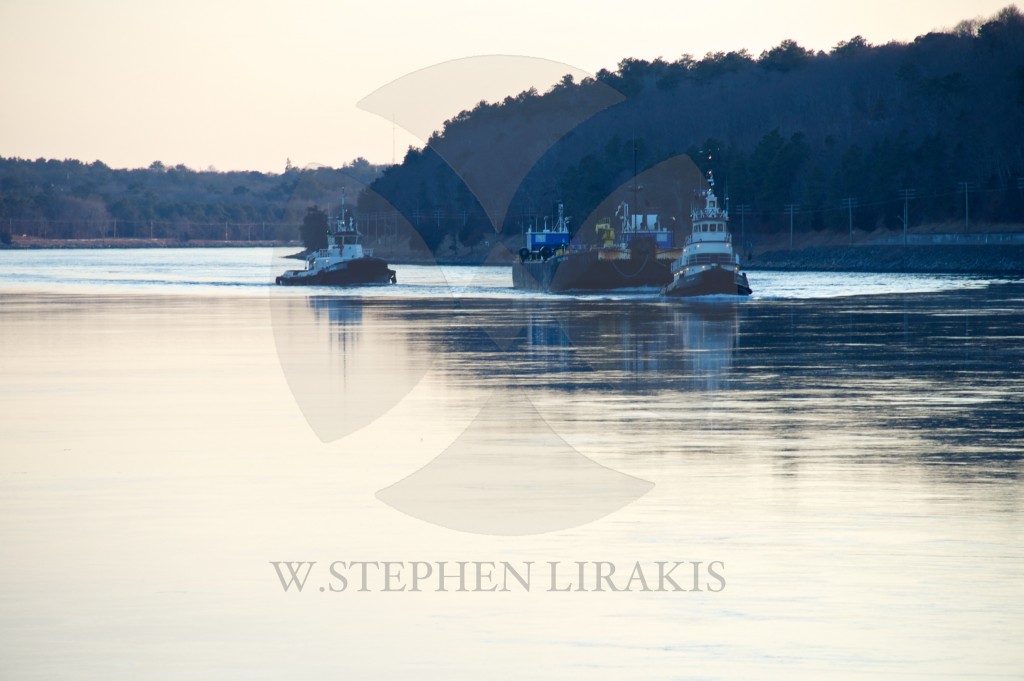

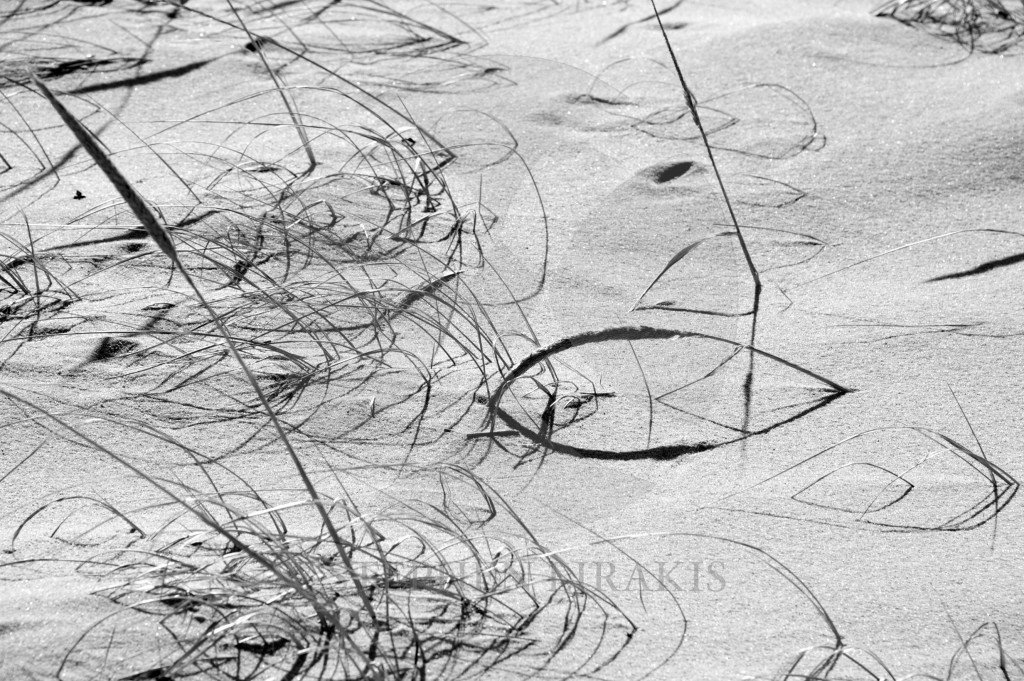
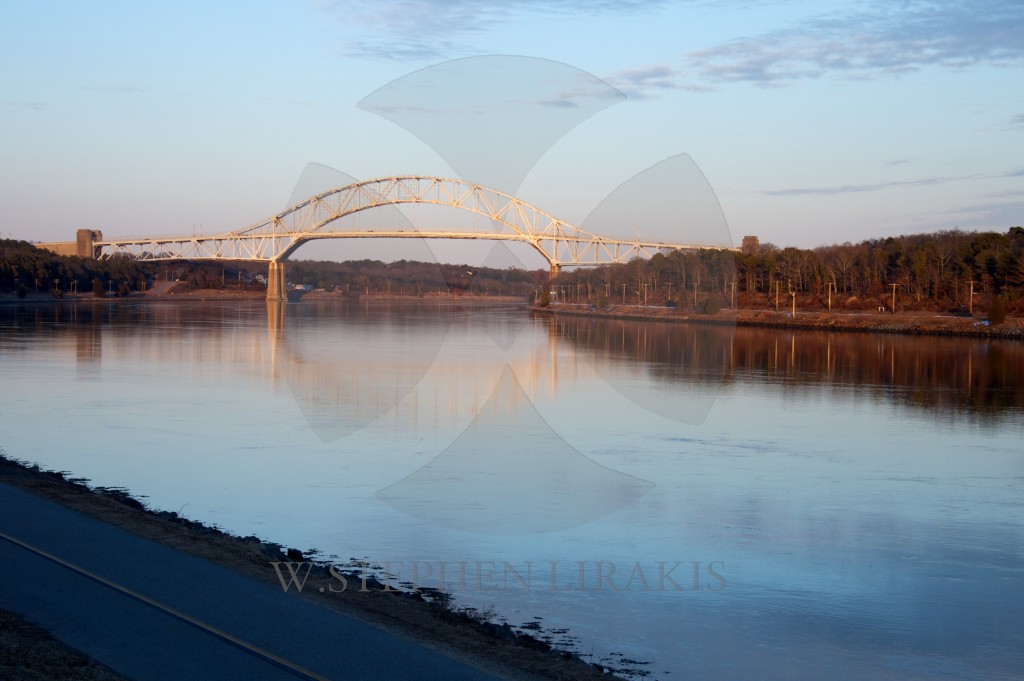
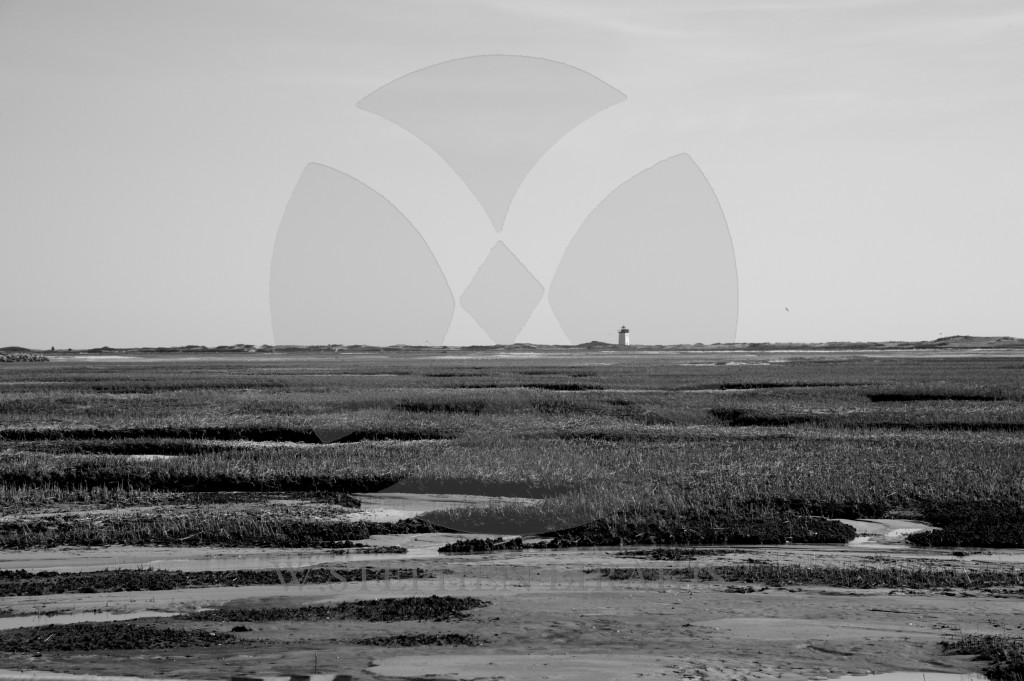
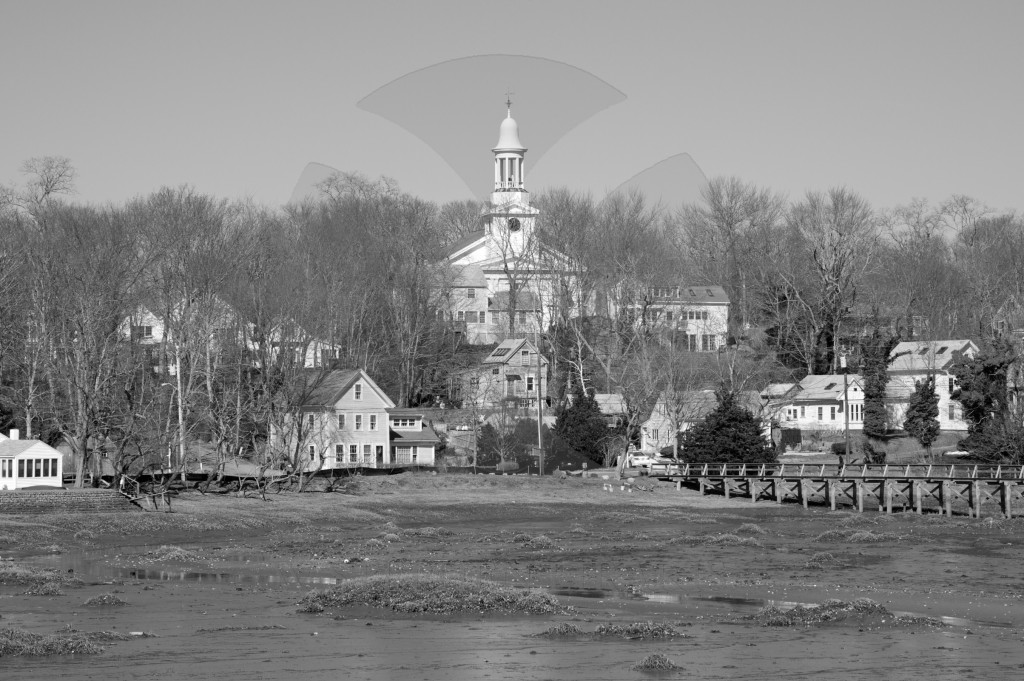
People have been saying for years that water will become more expensive than oil; and more valuable. The signals have been here for a long time. Most of the population either chooses not to acknowledge the impending problem and are willing to “kick the can down the road” or truly ignorant of the problem.
Following the 1968 Transatlantic race, the longest I ever sailed; I returned home in late July and needed to find a summer job before returning to school. I did find a job, on a boat that could not keep help. It was a powerboat, 55 foot Chris Craft. The water tanks held over 500 gallons. On the weekends, tied to the dock I simply had the hose in the fill port turned on and could barely keep up with the consumption. It was the first shocking revelation of total disregard of water use. Remember I had just returned from 27 days at sea on a sailboat with a crew of 8 on which we used under 100 gallons of water.
check out : Peter McBride “Chasing Water”

LAKE MEAD, Nev. — The sinuous Colorado River and its slew of man-made reservoirs from the Rockies to southern Arizona are being sapped by 14 years of drought nearly unrivaled in 1,250 years.
The once broad and blue river has in many places dwindled to a murky brown trickle. Reservoirs have shrunk to less than half their capacities, the canyon walls around them ringed with white mineral deposits where water once lapped. Seeking to stretch their allotments of the river, regional water agencies are recycling sewage effluent, offering rebates to tear up grass lawns and subsidizing less thirsty appliances from dishwashers to shower heads.
But many experts believe the current drought is only the harbinger of a new, drier era in which the Colorado’s flow will be substantially and permanently diminished.
Faced with the shortage, federal authorities this year will for the first time decrease the amount of water that flows into Lake Mead, the nation’s largest reservoir, from Lake Powell 180 miles upstream. That will reduce even more the level of Lake Mead, a crucial source of water for cities from Las Vegas to Los Angeles and for millions of acres of farmland.

Reclamation officials say there is a 50-50 chance that by 2015, Lake Mead’s water will be rationed to states downstream. That, too, has never happened before.
“If Lake Mead goes below elevation 1,000” — 1,000 feet above sea level — “we lose any capacity to pump water to serve the municipal needs of seven in 10 people in the state of Nevada,” said John Entsminger, the senior deputy general manager of the Southern Nevada Water Authority.
Since 2008, Mr. Entsminger’s agency has been drilling an $817 million tunnel under Lake Mead — a third attempt to capture more water as two higher tunnels have become threatened by the lake’s falling level. In September, faced with the prospect that one of the tunnels could run dry before the third one was completed, the authority took emergency measures: still another tunnel, this one to stretch the life of the most threatened intake until construction of the third one is finished.
These new realities are forcing a profound reassessment of how the 1,450-mile Colorado, the Southwest’s only major river, can continue to slake the thirst of one of the nation’s fastest-growing regions. Agriculture, from California’s Imperial Valley to Wyoming’s cattle herds, soaks up about three-quarters of its water, and produces 15 percent of the nation’s food. But 40 million people also depend on the river and its tributaries, and their numbers are rising rapidly.
The labyrinthine rules by which the seven Colorado states share the river’s water are rife with potential points of conflict. And while some states have made huge strides in conserving water — and even reducing the amount they consume — they have yet to chart a united path through shortages that could last years or even decades.
“There is no planning for a continuation of the drought we’ve had,” said one expert on the Colorado’s woes, who asked not to be identified to preserve his relationship with state officials. “There’s always been within the current planning an embedded hope that somehow, things would return to something more like normal.”
Unfortunately, the Colorado during most of Lake Mead’s 78-year history was not normal at all.
Studies now show that the 20th century was one of the three wettest of the last 13 centuries in the Colorado basin. On average, the Colorado’s flow over that period was actually 15 percent lower than in the 1900s. And most experts agree that the basin will get even drier: A brace of global-warming studies concludes that rising temperatures will reduce the Colorado’s average flow after 2050 by five to 35 percent, even if rainfall remains the same — and most of those studies predict that rains will diminish.
Already, the drought is upending many of the assumptions on which water barons relied when they tamed the Colorado in the 1900s.
The Colorado basin states tried in the 1920s to stave off future fights over water by splitting it, 50-50, between the upper-basin states of Utah, New Mexico, Colorado and Wyoming and the lower-basin states of Arizona, Nevada and California.
In fact, the deal underestimated how much water the fast-growing lower-basin states would need. During most of the wet 20th century, however, the river usually produced more than enough water to offset any shortage.
Now, the gap between need and supply is becoming untenable.
Lake Mead currently stands about 1,106 feet above sea level, and is expected to drop 20 feet in 2014. A continued decline would introduce a new set of problems: At 1,075 feet, rationing begins; at 1,050 feet, a more drastic rationing regime kicks in, and the uppermost water intake for Las Vegas shuts down. At 1,025 feet, rationing grows more draconian; at 1,000 feet, a second Las Vegas intake runs dry.
Lake Powell is another story. There, a 100-foot drop would shut down generators that supply enough electricity to power 350,000 homes.
The federal Bureau of Reclamation’s 24-month forecasts of water levels at Powell and Mead do not contemplate such steep declines. But neither did they foresee the current drought.
“We can’t depend on history to project the future anymore,” Carly Jerla, a geological hydrologist and the reclamation bureau’s Colorado River expert, said in an interview. The drought could end tomorrow, she said — or it could drag on for seven more years.
That raises questions that the states are just beginning to sort out.
The river’s upper-basin states are worried that they might have to curb their consumption to meet their obligations downstream. But the thorniest problems are in the lower basin, where a thicket of political and legal deals has left Arizona holding the bag should the Colorado River continue to diminish.
In the 1960s, California’s legislators demanded first dibs on lower-basin water as a condition of supporting federal legislation to build the Central Arizona Project, a vast web of canals irrigating that state’s farms and cities. Should rationing begin in 2015, Arizona would sacrifice a comparatively small fraction of its Colorado River allotment, while California’s supply would remain intact.
Painful as that would be, though, it could get worse: Should Mead continue to fall, Arizona would lose more than half of its Colorado River water before California lost so much as a drop.
That would have a cascading effect. The Central Arizona Project would lose revenue it gets from selling water, which would raise the price of water to remaining customers, leading farmers to return to pumping groundwater for irrigation — exactly what the Central Arizona Project was supposed to prevent.
“By going back to the pumps, you’ll have made the decision that agriculture will no longer be an industry in central Arizona,” David Modeer, the project’s general manager, said in an interview.
Even Californians doubt Arizona would stand for that, but no successor to the 1960s agreement is in place. And California has a vital interest in holding on to its full allotment of water. The Southern California region using Colorado water is expected to add six million people to the existing 19 million in the next 45 years, and its other water source — the Sierra Nevada to the north — is suffering the same drought and climate problems as the Colorado basin.
“The basic blueprint of our plan calls for a reliable foundation that we then build upon, and that reliable foundation is the Colorado River and Northern California water,” said Jeffrey Kightlinger, the general manager of the Metropolitan Water District of Southern California. “To the extent we lose one of those supplies, I don’t know that there is enough technology and new supplies to replace them.”
There may be ways to live with a permanently drier Colorado, but none of them are easy. Finding more water is possible — San Diego is already building a desalination plant on the Pacific shore — but there are too few sources to make a serious dent in a shortage.
That leaves conservation, a tack the lower-basin states already are pursuing. Arizona farmers reduce runoff, for example, by using laser technology to ensure that their fields are table flat. The state consumes essentially as much water today as in 1955, even as its population has grown nearly twelvefold.
Working to reduce water consumption by 20 percent per person from 2010 to 2020, Southern California’s Metropolitan Water District is recycling sewage effluent, giving away high-efficiency water nozzles and subsidizing items like artificial turf and zero-water urinals.
Southern Nevada’s water-saving measures are in some ways most impressive of all: Virtually all water used indoors, from home dishwashers to the toilets and bathtubs used by the 40 million tourists who visit Las Vegas each year, is treated and returned to Lake Mead. Officials here boast that everyone could take a 20-minute shower every day without increasing the city’s water consumption by a drop.
Moreover, an intensive conservation program slashed the region’s water consumption from 2002 to 2012, even as the area added 400,000 residents.
Even after those measures, federal officials say, much greater conservation is possible. Local officials say they have little choice.
“The era of big water transfers is either over, or it’s rapidly coming to an end,” said Mr. Entsminger, the southern Nevada water official. “It sure looks like in the 21st century, we’re all going to have to use less water.”
2013 Rolex Sydney Hobart Race Final Wrap Video from On The Water Anarchy on Vimeo.
FROM SAILING ANARCHY